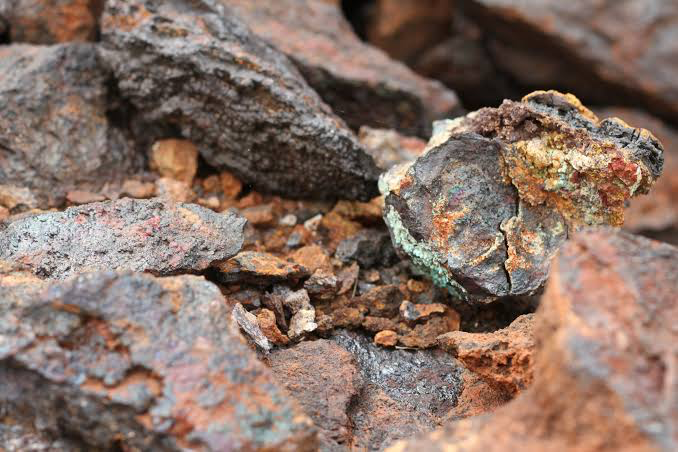Navigating the future of our planet’s sustainability involves a critical look at the materials powering the transition to renewable energy. At the heart of this transformation are energy transition minerals such as lithium, nickel, and cobalt, which are vital for the development of clean energy technologies. The United Nations Environment Programme (UNEP) has taken a deep dive into the implications of the surging demand for these minerals, highlighting a path fraught with both promise and peril.
The Promise of Energy Transition Minerals
As we pivot away from fossil fuels, the narrative of human progress intertwines closely with the fate of energy transition minerals. These substances are not merely elements on the periodic table; they are the building blocks of a sustainable future, key components in electric vehicles, wind turbines, and solar panels. Their importance cannot be overstated, as the demand for lithium alone tripled between 2017 and 2022, with projections indicating a six-fold increase in the overall need for these minerals by 2040. This surge underlines a global commitment to renewable energy and the achievement of net-zero greenhouse gas emissions, potentially elevating the market value of transition minerals to over $400 billion.
The Challenges Ahead
However, the road to a renewable future is not without its obstacles. The extraction and processing of these minerals pose significant environmental challenges, including landscape devastation, biodiversity loss, and greenhouse gas emissions. Human rights abuses and geopolitical tensions over resource control further complicate the situation. Ligia Noronha, United Nations Assistant Secretary-General, articulates this dilemma, stating, “While energy transition minerals are cornerstones of the clean energy age, the scale of demand threatens to trigger exploitation and environmental destruction.”
Developing countries, often rich in these critical resources, find themselves at the epicenter of a potential economic boom. Yet, the shadow of past exploitations looms large, with UN Secretary-General António Guterres cautioning against repeating historical mistakes of systemic exploitation. The vision for a future where energy transition minerals catalyze sustainable development hinges on the implementation of responsible mining practices and equitable benefit-sharing mechanisms.
Pathways to Sustainable and Equitable Development
The upcoming UN Environment Assembly (UNEA-6) represents a pivotal moment for addressing these challenges. Discussions will focus on fostering responsible mining and the sustainable use of energy transition minerals, emphasizing the importance of long-term strategies that protect biodiversity, ensure social safeguards, and minimize environmental impacts.
Innovation in renewable technology and a shift towards circular economy principles are also vital. By designing products for longer use, repair, and recyclability, the need for virgin mineral extraction can be significantly reduced. This approach not only lessens the environmental footprint but also supports a more sustainable and equitable distribution of resources.
UNEP’s Role and Vision
UNEP’s involvement in managing energy transition minerals is part of a broader UN effort to ensure these resources are used fairly and sustainably. Initiatives launched at the UN Conference on the Least Developed Countries aim to build trust and sustainability into the supply chains of these minerals, fostering long-term development benefits for producing countries.
As we stand at this crossroads, the story of energy transition minerals is unfolding as a narrative of hope and caution. The potential for driving forward the clean energy revolution is immense, yet so are the risks of environmental degradation and social injustice. The global community’s response to these challenges will shape the trajectory of sustainable development for decades to come, underscoring the need for a balanced approach that honors both the planet and its inhabitants.
Source: ESI Africa



